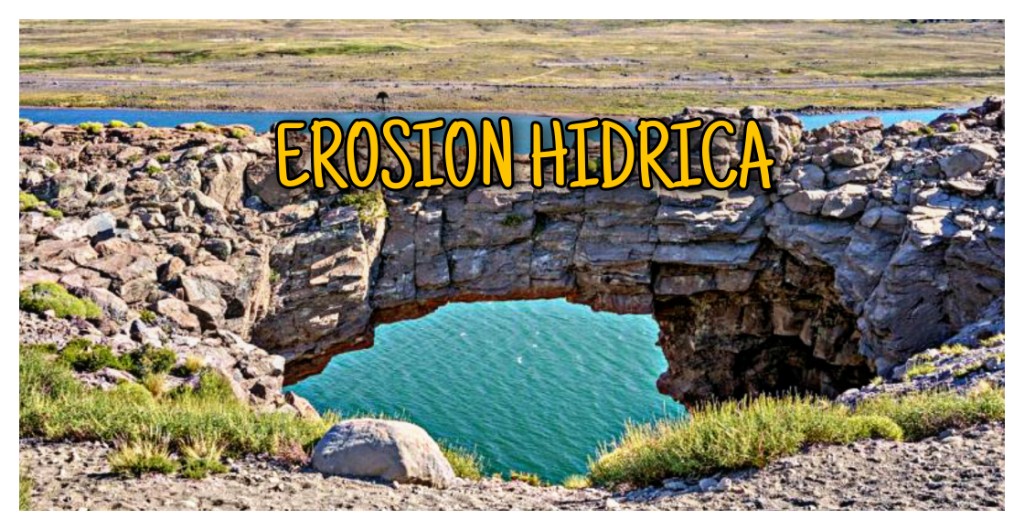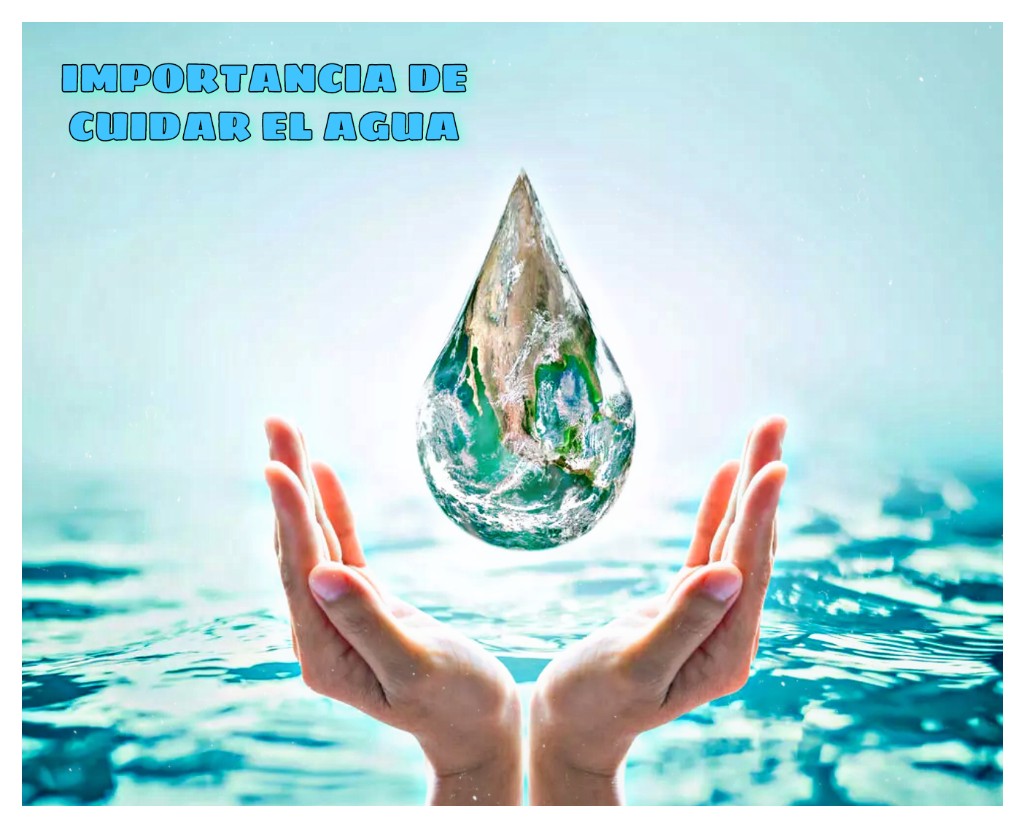La erosión hídrica se define como el proceso que se realiza cuando las partículas que queda el
suelo son llevadas por el agua de lluvia, mares y ríos.
En el medio ambiente este fenómeno es muy común pues ayuda a nivelar las montañas y la
formación de mesetas y llanuras.
A medida que el ciclo hidrológico está en curso, el agua juega un papel fundamental porque
compone dos tercios del planeta y va cambiando varias veces de estado, de liquido a gaseoso y
después a sólido.
CONSECUENCIAS DE LA EROSION HIDRICA
La erosión hídrica es un fenómeno natural del medio ambiente que se da de manera frecuente en
nuestro planeta, las princípiales causas son: la corriente de los ríos, la lluvia, la alta y baja de la
marea.
Además, reduce un cambio en la superficie del paneta debido al desplazamiento que tiene el agua
pasando por los diferentes estado de la materia.
CLASES:
EROSION LAMINAR: este proceso consiste en la filtración del agua con las moléculas del suelo
dejando a un lado las más grandes.
EROSION POR ARROYO: cuando el agua forma caudales erosivos que surcan por el suelo y que,
además, puede ser de distintas maneras: de tamaño pequeño, que surgen de acuerdo a la clase de
terreno y los que remueven el suelo por pequeños rastros de agua.
EROSION FLUVIAL: es una manera de la erosión hídrica, este tipo fluye en las altas montañas y lo
arrastran hasta los mares llevando a su paso cualquier residuo duro.
En el momento de la fluidez no solo se llevan a su paso materias como. Minerales, piedras, troncos
y todo lo que se encuentren a su paso, de tal manera que cuando los ríos se encuentran resecos a
simple vista se puede observar el cauce.
EROSION PLUVIAL: es una forma de erosión causada por la lluvia, este proceso suele presentarse
en los suelos delgados y en regiones con mucha precipitación.
FACTORES:
La erosión se puede ver aumentada por diferentes factores:
Deforestación: en la naturaleza la vegetación es lo que protege al suelo y de tal manera absorbe
abundante agua para alimentar sus cultivos.
Explotación agrícola: debido a la explotación que sufre el suelo cuando se encuentran realizando
cualquier trabajo agrícola lo hace mas vulnerable a el agua.
Accidentes en relieve: en las regiones donde mas se ve el abundante caudal o agua es donde
mayor se producen las erosiones.
Esperamos que este articulo sea de tu interés, y amplíes tus conocimientos. Si deseas hacernos un
comentario lo puedes dejar al finalizar.
TRADUCCION
WATER EROSION
Water erosion is defined as the process that takes place when the particles that remain in the
soil are carried away by rainwater, seas and rivers.
In the environment this phenomenon is very common as it helps to level the mountains and the
formation of plateaus and plains.
As the hydrological cycle is underway, water plays a fundamental role because
makes up two thirds of the planet and changes state several times, from liquid to gaseous and
then to solid.
CONSEQUENCES OF WATER EROSION
Water erosion is a natural environmental phenomenon that occurs frequently in
our planet, the main causes are: the current of the rivers, the rain, the high and low of the
tide.
In addition, it reduces a change in the surface of the pan due to the displacement of the water.
going through the different states of matter.
LESSONS:
LAMINAR EROSION: this process consists of filtering water with soil molecules
leaving aside the larger ones.
EROSION BY STREAM: when the water forms erosive flows that furrow through the ground and that,
In addition, it can be in different ways: small in size, arising according to the class of
land and those that remove the soil by small traces of water.
FLUVIAL EROSION: it is a form of water erosion, this type flows in the high mountains and
they drag into the seas carrying any hard residue in their path.
At the moment of fluency, not only subjects such as. Minerals, stones, logs
and everything in its path, in such a way that when the rivers are parched at
With the naked eye you can see the riverbed.
RAIN EROSION: it is a form of erosion caused by rain, this process usually occurs
on thin soils and in regions with high rainfall.
FACTORS:
Erosion can be increased by different factors:
Deforestation: in nature the vegetation is what protects the soil and thus absorbs
plenty of water to feed their crops.
Agricultural exploitation: due to the exploitation that the soil suffers when they are carrying out
any agricultural work makes you more vulnerable to water.
Relief accidents: in the regions where the abundant flow or water is most seen is where
greater erosions occur.
We hope that this article is of interest to you, and that you expand your knowledge. If you want to make us a
comment you can leave it at the end.



